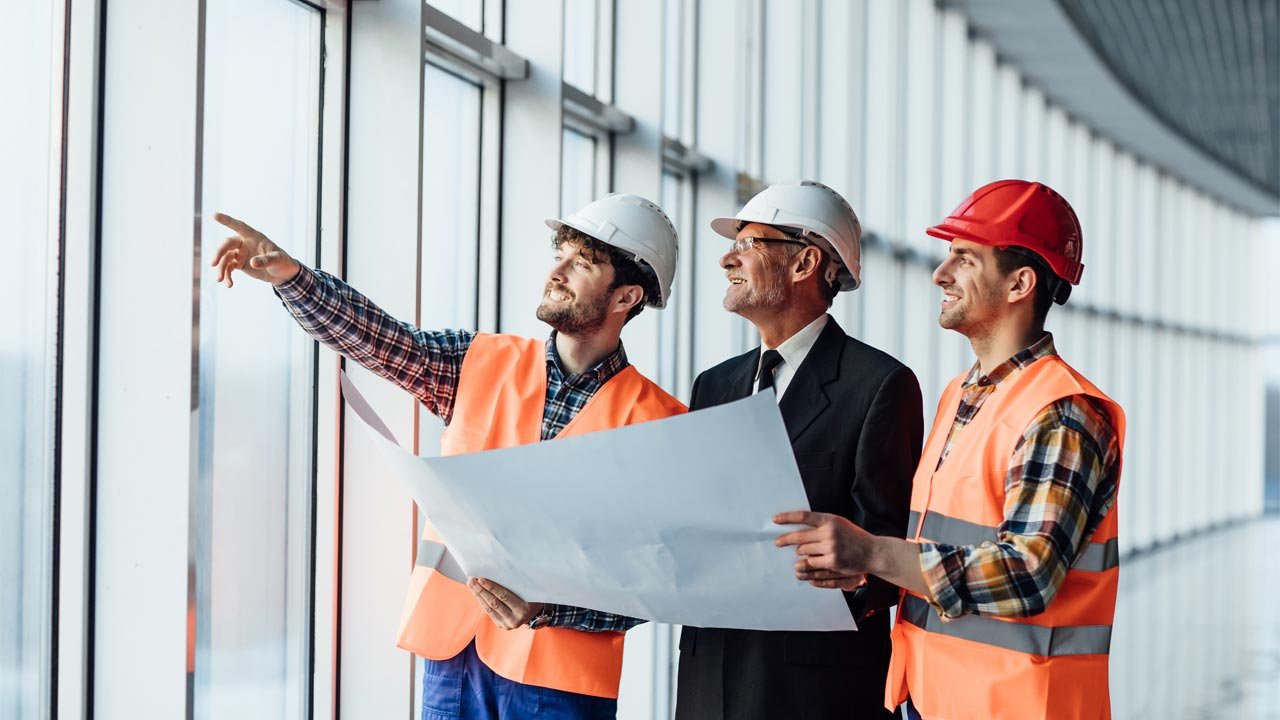
Construction sites are bustling hubs of activity, with valuable equipment, materials, and machinery often left unattended overnight or during weekends. Unfortunately, this makes them prime targets for theft, vandalism, and unauthorized access. Ensuring the security of your construction site is not just about protecting assets—it’s about safeguarding your project timeline, budget, and the safety of your workers.
In this guide, we’ll walk you through essential construction site security measures to help you minimize risks and keep your project on track.
Construction sites are inherently vulnerable due to their open nature and the high value of equipment and materials on-site. According to industry reports, theft and vandalism cost the construction sector millions annually, leading to project delays, increased insurance premiums, and financial losses.
Beyond financial impacts, security breaches can also pose safety risks. Unauthorized access to heavy machinery or hazardous areas can result in accidents or injuries. By implementing robust security measures, you can protect your investment, ensure worker safety, and maintain project continuity. trusted house contractors
Before implementing any security measures, assess the specific risks associated with your site. Consider factors such as:
A thorough risk assessment will help you identify vulnerabilities and tailor your security plan accordingly.
A secure perimeter is the first line of defense for any construction site. Use sturdy fencing materials, such as chain-link or hoarding, to enclose the entire site. Ensure the fencing is at least 2 meters high and includes anti-climb features. Lockable gates should be the only entry and exit points.
Limit access to authorized personnel only. Use measures such as:
For high-security sites, consider biometric systems or RFID tags to track who enters and exits the site.
CCTV cameras are a powerful deterrent against theft and vandalism. Install cameras at strategic locations, including entry points, storage areas, and high-value equipment zones. Opt for cameras with night vision and motion detection capabilities. Ensure footage is stored securely and monitored in real-time, either on-site or remotely.
A well-lit site is less attractive to intruders. Install motion-activated lighting around the perimeter, storage areas, and equipment zones. Solar-powered lights are an eco-friendly option for remote sites without access to electricity.
For larger sites or high-risk areas, consider hiring professional security guards. They can patrol the site, monitor surveillance systems, and respond to incidents in real-time. Security personnel also act as a visible deterrent to potential intruders.
Modern technology can significantly enhance construction site security:
Create a clear security policy for your site and ensure all workers and contractors are aware of it. Include guidelines on:
Establish a relationship with local law enforcement and inform them about your project. They can increase patrols around your site and respond quickly to incidents. In some cases, you may even be able to arrange for off-duty officers to provide additional security.